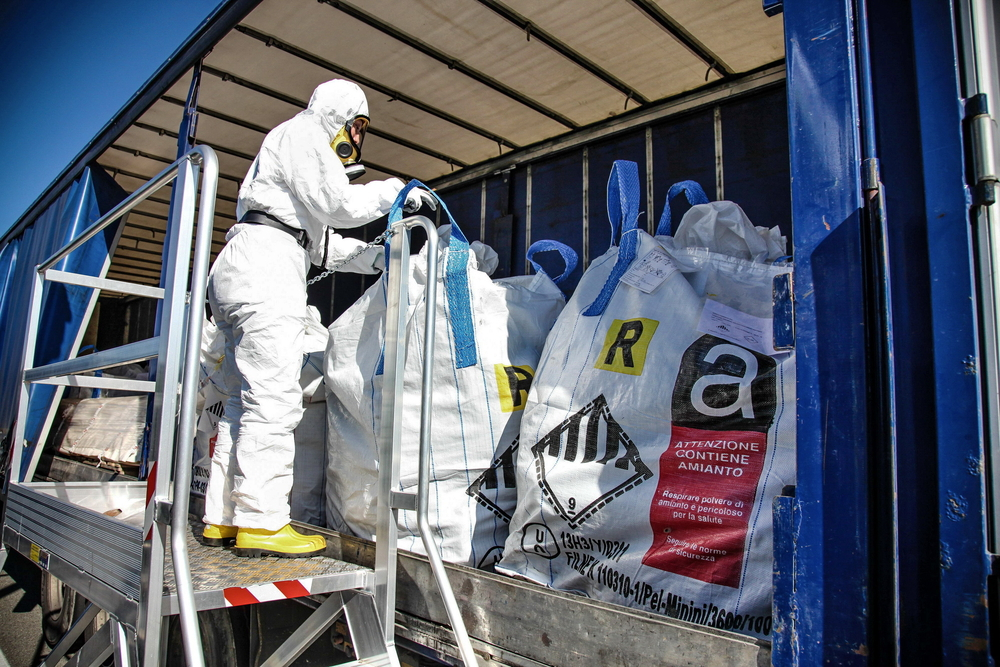Introduction
Asbestos, a naturally occurring mineral, was once widely used in construction and various industries due to its heat resistance, tensile strength, and insulating properties. However, it is now well-known that asbestos exposure can lead to severe health problems, including lung cancer, mesothelioma, and asbestosis. As a result, asbestos regulations have been implemented in many countries to protect public health and ensure the safe management and removal of asbestos-containing materials (ACMs). One essential aspect of asbestos management is obtaining an asbestos report. This comprehensive guide will cover the purpose of an asbestos report, the steps involved in obtaining one, and the role of an accredited asbestos assessor.
-
The Purpose of an Asbestos Report
An asbestos report is a crucial document that identifies the presence, location, and condition of ACMs within a building or structure. The primary purpose of an asbestos report is to provide information necessary for developing an asbestos management plan, which outlines the steps and precautions required to minimize the risk of asbestos exposure. Additionally, an asbestos report is often required for compliance with local, state, or federal asbestos regulations, as well as during property transactions, renovations, or demolitions.
-
The Steps Involved in Obtaining an Asbestos Report
The process of obtaining an asbestos report typically involves the following steps:
- Hiring an accredited asbestos assessor: It is essential to engage a qualified and experienced professional to conduct the asbestos inspection, testing, and reporting.
- Asbestos inspection: The assessor will perform a thorough visual inspection of the property to identify suspected ACMs and collect samples for analysis.
- Asbestos testing and analysis: Collected samples will be sent to a laboratory for testing to confirm the presence and type of asbestos fibers.
- Asbestos report preparation: Based on the inspection and test results, the assessor will prepare a comprehensive asbestos report, including details of identified ACMs, their condition, and recommendations for management or removal.
-
The Role of an Accredited Asbestos Assessor
An accredited asbestos assessor is a qualified professional responsible for conducting asbestos inspections, testing, and reporting. They possess the necessary knowledge, skills, and experience to identify ACMs and assess their potential risks accurately. Their primary responsibilities include:
- Conducting visual inspections and sample collection
- Interpreting asbestos test results
- Preparing asbestos reports and management plans
- Providing advice on asbestos regulations and compliance
- Monitoring asbestos removal work and assessing clearance
-
Types of Asbestos Inspections
There are four main types of asbestos inspections, each with a specific purpose and scope:
- Preliminary inspection: This is a basic visual assessment conducted to identify potential ACMs and determine the need for further investigation or testing.
- Limited inspection: This involves a more detailed examination of specific areas or materials suspected of containing asbestos, often in response to a specific concern or incident.
- Comprehensive inspection: This is a thorough inspection of the entire property, including all accessible areas and materials, to identify and assess all ACMs.
- Pre-demolition or pre-renovation inspection: This is a specialized inspection conducted before any renovation or demolition work to identify ACMs that may be disturbed or require removal.
-
Asbestos Testing and Analysis
Asbestos testing is a critical component of the asbestos report process, as it provides definitive confirmation. Of the presence and type of asbestos fibers in collected samples. The laboratory will analyze the samples using specialized techniques, such as polarized light microscopy (PLM) or transmission electron microscopy (TEM), to determine the asbestos content and fiber type.
-
Asbestos Management Plans
An asbestos management plan is a document outlining the steps and precautions necessary to manage identified ACMs effectively and minimize the risk of asbestos exposure. An asbestos management plan typically includes:
A Summary of the asbestos report findings
- A risk assessment of identified ACMs
- Recommendations for managing or removing ACMs
- Procedures for regular inspections and maintenance of ACMs
- Emergency response procedures for accidental disturbances of ACMs
- Training and awareness programs for occupants and workers
-
Asbestos Removal and Disposal
Asbestos removal and disposal should always be conducted by licensed professionals, following strict safety guidelines and procedures. The asbestos report and management plan will provide guidance. On the appropriate removal methods and precautions, as well as the legal requirements for disposing of asbestos waste.
-
Asbestos Regulations and Compliance
Asbestos regulations vary by location but generally require property owners. And managers to identify and manage ACMs effectively, ensure worker safety, and comply with specific requirements for asbestos removal and disposal. An accredited asbestos assessor can provide advice on the applicable regulations and assist with compliance efforts.
-
Health Risks Associated with Asbestos Exposure
The risk of developing these conditions increases with the duration. And intensity of exposure, as well as the type of asbestos fibers involved. Obtaining an asbestos report and implementing an effective asbestos management plan are critical steps in minimizing these health risks.
Conclusion
In conclusion, an asbestos report is an essential tool for managing the risks associated. With asbestos-containing materials in buildings and structures. By engaging an accredited asbestos assessor and following the steps outlined in this guide, property owners. And managers can ensure the safe and compliant management of asbestos, protect public health, and fulfill their legal obligations.





